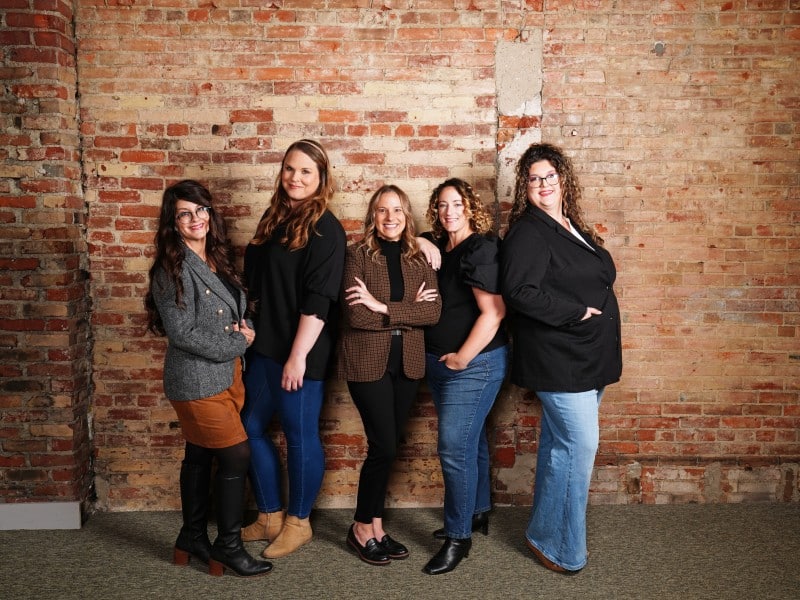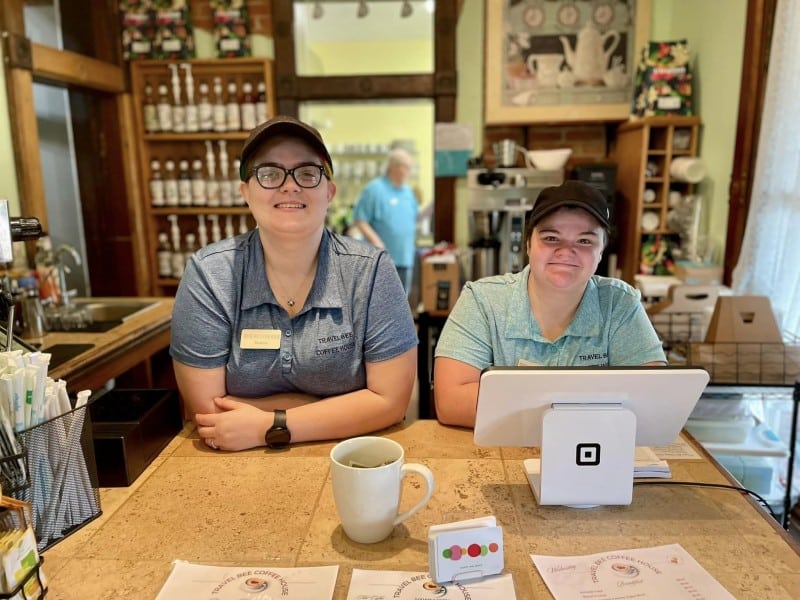How do you make neighborhoods more inclusive?
The City of Fort Wayne is committed to making Fort Wayne more accessible for pedestrians of all abilities, one ADA ramp at a time.

What would it mean to make Fort Wayne a better place to live, work, and play for people of all abilities? The City of Fort Wayne has leaned into that question in recent years, as evidenced by its significant investment over the last six years to make its neighborhoods more handicap accessible.
This year, city leaders have added multiple concrete ramps in all quadrants of Fort Wayne to improve pedestrian access for those with disabilities. Retrofitting these curbs is necessary to bring older neighborhoods up to speed. The Americans with Disabilities Act (ADA), which became law in 1990, changed the game because it required minimum standards for accessibility for alterations and new construction of facilities.
Director of Public Works Shan Gunawardena explains how the ADA ramps satisfy the legal requirements and accommodate residents’ needs.
“You have a sidewalk six inches higher than industry grade, “ he says. “And when you come to an intersection, you need to step off the curb in order to get across the street. So the curb ramp brings that curve down gradually at an appropriate slope, so that a wheelchair or somebody with a physical impairment can gradually get off the curb and navigate across the intersection and get up on the other side back onto the sidewalk.”

In other words, it’s about greater accessibility. Patti Hays is CEO of the AWS Foundation, a grantmaking agency that funds programs in northeast Indiana to benefit children and adults with enduring intellectual, developmental and physical disabilities. She says what’s good for people with disabilities is good for the community as a whole. The ADA ramps are no exception.
“When we positively change the environment, it becomes accessible for everyone. For instance, consider a woman with a broken foot who’s on crutches. It could be a father who’s pushing a stroller. It could be a parent walking with a kid on a scooter.”
So the narrative becomes less about the disability or individual circumstance and more about the benefit to quality of life. The ramps represent a forward-thinking approach, a vision for a more inclusive city.
But the ramps are just the beginning. Gunawardena says over the years the city has expanded the scope of projects to accommodate those with visual impairments as well. It’s a practice known as tactical paving and that can take many forms. In general, as you approach the edge of the curb, it has a rough look and texture.
“That means somebody who is walking with a cane and/or is visually impaired can know they are about to step up to the pedestrian zone or to the street,” he says. “So that has been part of the evolution of curb ramps over the years.”
Speaking of evolution, Gunawardena says while they have made significant progress, there’s still a lot of work left to do. With our city in growth mode and the significant number of intersections, the projects are completed when the need is demonstrated. Residents can submit a formal petition on behalf of their neighborhood so the city can be made aware of any deficiencies in accessibility.
“We go to neighborhoods where we have received feedback about the need for ramps and then we address them on a first come, first served basis,” he explains. “So over the years, we’ve added ramps in quite a few neighborhoods and we continue to get more requests.”











